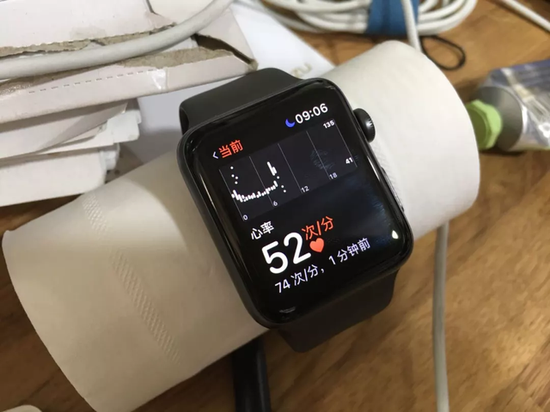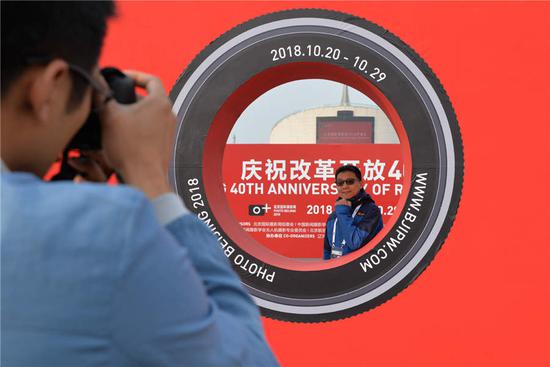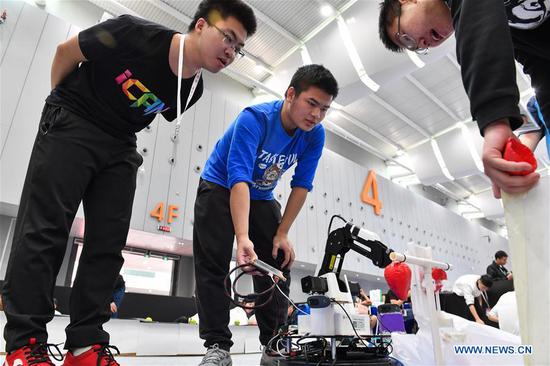
Fitness trackers have become the latest trend over the past few years for both sports enthusiasts and those who want to do some daily workout. It helps to record people's physical activities, such as the distance walked or run, calorie consumption, heart rate and quality of sleep.
However, some netizens reported that they found their fitness trackers could detect a heart rate from objects like toilet paper rolls, which had raised concerns over the accuracy and reliability of the fitness devices.
To find out whether it is true, Jiangsu Television, a provincial broadcaster in east China's Jiangsu Province, conducted a series of experiments featuring four popular brands of fitness trackers.
The experiments resulted that all of the four devices could detect a heart rate from the human body while three of them could detect a heart rate from a roll of toilet paper. Two of them could read the data from a stuffed toy, and only one of them detected it from a plastic bottle, according to Jiangsu Television.
The experiments had proven that netizens' reports on the fitness devices were actually correct. But how could that happen?
Experts in electronic engineering and photoelectric technology field explained that the science behind such phenomenon was due to the wrong measurements of the variations of the reflected light as the device detected light signals from the objects, Jiangsu Television reported.
How does the fitness device work to detect heart rate?
The fitness trackers estimate human's heart rate by detecting variations in reflected light. The science behind the device is something called photoplethysmography (PPG), a simple optical technique used to identify volumetric changes in blood in peripheral circulation, according to News Medical, a leading community of scientific, medical and life sciences experts.
When light emitted by the monitor enters the skin, it will be absorbed and reduced by muscles and blood vessels, but some of it will be reflected onto the detector. The rises and falls of the intensity of reflected light are mainly decided by the artery pulse. Therefore, PPG devices could estimate the heart rate by detecting the variation of the intensity of the reflected light.
As the monitor of the device constantly emits light to the surface of the object, a certain amount of light will bounce back to the detector. Therefore, the device mistakes the variations of the reflected light generated by the object as human's heart rate.
But could these fitness trackers accurately detect a human's heart rate? Another experiment conducted by Jiangsu Television shows that the heart rate data of a participator detected by four different brands of fitness trackers is very close to the data identified in a hospital.
The average heart rate of adults ranges from 60 and 100 beats per minute, doctors say.


















































